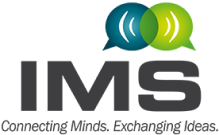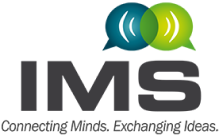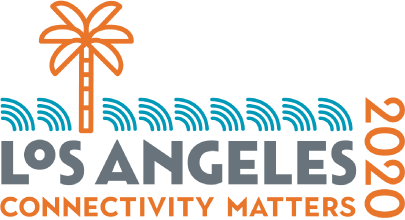Panel Sessions
With the advent of GS/s data converters driven by Moore's law and advances in converter architectures, it is now possible to digitize directly at RF. The question is, should we? On the one hand, eliminating mixers, filters, amplifiers, and local oscillators reduces RF complexity and allows more flexible, multi-function designs. On the other hand, do we really want to digitize the entire spectrum from DC to daylight and process 10's of GS/s of data if the information BW we care about is orders of magnitude lower? In the context of phased arrays, element-level digital beamforming allows simultaneous beams with different beamwidths and pointing angles, but may be more susceptible than analog-beam-formed arrays to interferers since spatial filtering occurs after the analog-to-digital conversion. What is the right approach? Our distinguished panel will debate the pros and cons of competing system architectures and the audience will be engaged to judge who is right.
Organizer(s): Larry Kushner , Raytheon Technologies
Panelists:
• Tim Hancock, DARPA Microelectronics Technology Office
• Peter Delos, Analog Devices
• Craig Hornbuckle, Jariet Technologies
• Chris Rudell, University of Washington
• Harold Pratt, Raytheon Technologies
• Boris Murmann, Stanford University
The major theme of IMS2020 is "Connectivity Matters." Connectivity is vital to addressing many of the UN Sustainable Development Goals (SDGs) that provides a shared blueprint for peace and prosperity for people and the planet, now and into the future. At its heart are the 17 Sustainable Development Goals (SDGs), which are an urgent call for action by all countries - developed and developing - in a global partnership. They recognize that ending poverty and other deprivations must go hand-in-hand with strategies that improve health and education, reduce inequality, and spur economic growth – all while tackling climate change and working to preserve our oceans and forests. The question is: what the microwave engineering community should be doing to advance the use of our technology to solving some of the world’s toughest problems. In two words: CONNECTIVITY MATTERS.
This Panel bring together global experts from the technical and policy communities to address the challenge and progress for digital inclusion to the 4 billion people who are unconnected. We are now seeing the emergence of new technology like 5G or low-earth orbit (LEO) satellites. How can the changing landscape, enabled by mobile carriers, equipment makers and individual engineers, be reached?
.jpg)


